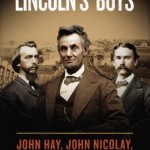 Everyone knows Abraham Lincoln, in part because of the diligent work done by his two secretaries – John G. Nicolay and John Hay. But little has been done to illuminate the two men themselves. Zeitz has done us all a favor by accomplishing just that.
Everyone knows Abraham Lincoln, in part because of the diligent work done by his two secretaries – John G. Nicolay and John Hay. But little has been done to illuminate the two men themselves. Zeitz has done us all a favor by accomplishing just that.
Subtitled “John Hay, John Nicolay, and the War for Lincoln’s Image,” Lincoln’s Boys is a history of Lincoln, a history of the times, and a history of Lincoln’s two private secretaries. One quickly comes to realize that “secretary” is a misnomer, as Nicolay and Hay’s responsibilities not only included managing and responding to correspondence, but also trusted diplomats who went on sensitive missions to confer with key generals and politicians across the country. They also controlled access to the President, such as a chief of staff would do today.
The first of five sections looks at Nicolay and Hay’s separate upbringings and how they came to become part of Lincoln’s inner circle after his election in 1860. We get a sense of their differing demeanors as well as Lincoln’s own attitudes toward life and the major issues of the day – slavery and the secession of southern states. Part II largely takes place during the White House years. In Part III we follow the two young men following Lincoln’s assassination as they embark on diplomatic lives in Europe and back home, start families, and come into their own.
In Part IV, Zeitz brings us into the long process of writing the 10-volume history of Lincoln that largely defines these two men. It also defines Lincoln. This is perhaps the most critical part of the book as the author explains how the early biographies of the stricken President either were self-aggrandizing fanciful reinterpretations by those seeking to enhance their own place in history, or were creative reinvention by the South to makes slavery disappear as the cause of war. The long gap between the end of Lincoln’s life and when Nicolay and Hay (and also Herndon) finally produced their biographies left a vacuum that was filled with erroneous “history.” The two secretaries, with Robert Lincoln supporting them, sought to write the definitive history that corrects the record and firmly established the idea of “Our Ideal Hero.” They were uniquely positioned to do that.
While Nicolay largely devoted his later life to Lincoln’s memory, Hay went on to an active political career capped by over seven years as Secretary of State to two presidents (one of whom, William McKinley, was also struck down by an assassin’s bullet). In a superbly written and easily readable book, Zeitz has brought these two under-appreciated men into view and shined the light on them. Lincoln would be happy for them.
I highly recommend this book.
David J. Kent is a lifelong Lincolnophile and is currently working on a book about Abraham Lincoln’s interest in science and technology. He is also the author of Tesla: The Wizard of Electricity and a soon-to-be-released ebook on Nikola Tesla: Renewable Energy Ahead of Its Time.
Other Abraham Lincoln book reviews:
Lincoln Unbound by Rich Lowry
Lincoln in New Orleans by Richard Campanella
Lincoln’s Other White House by Elizabeth Smith Brownstein



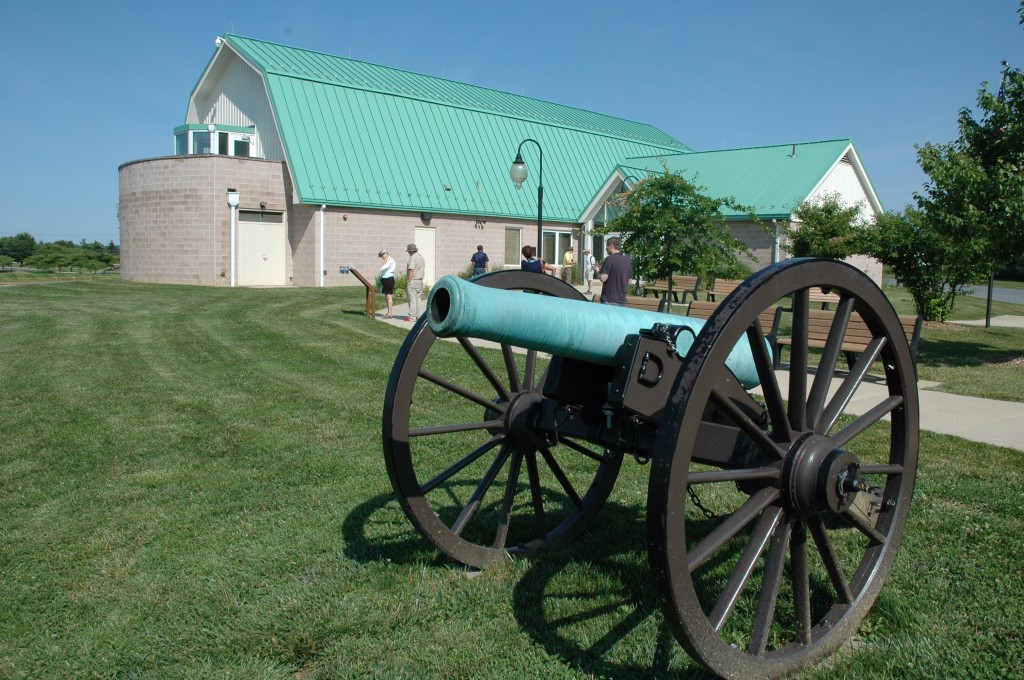
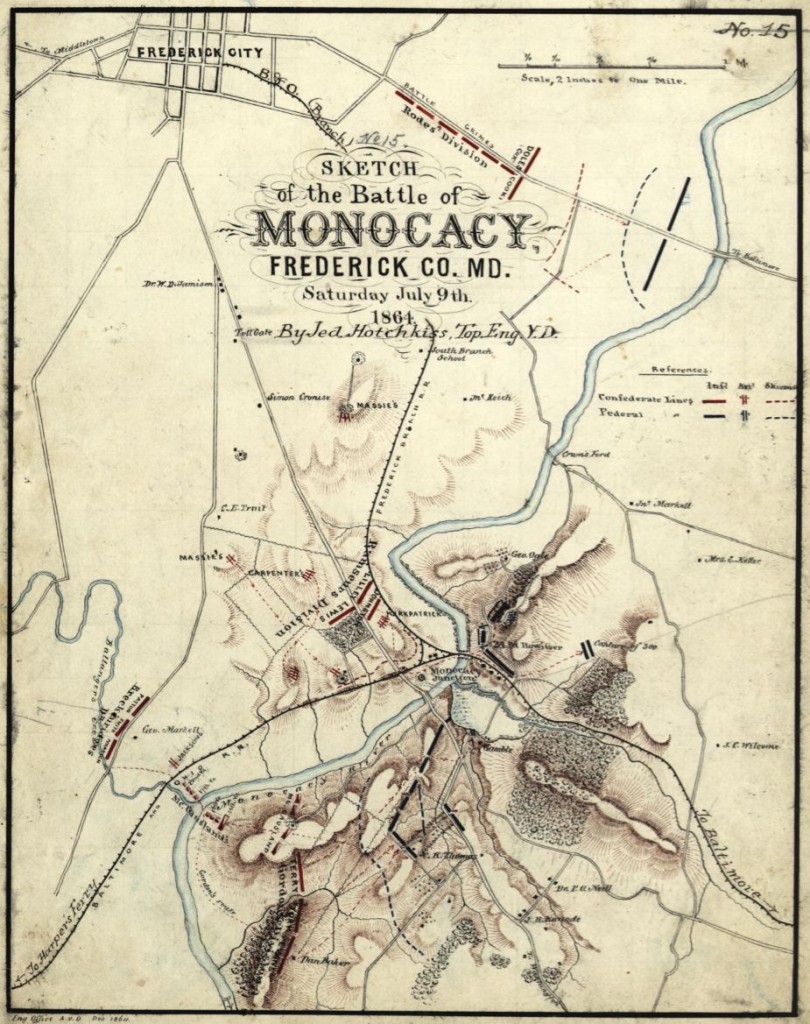

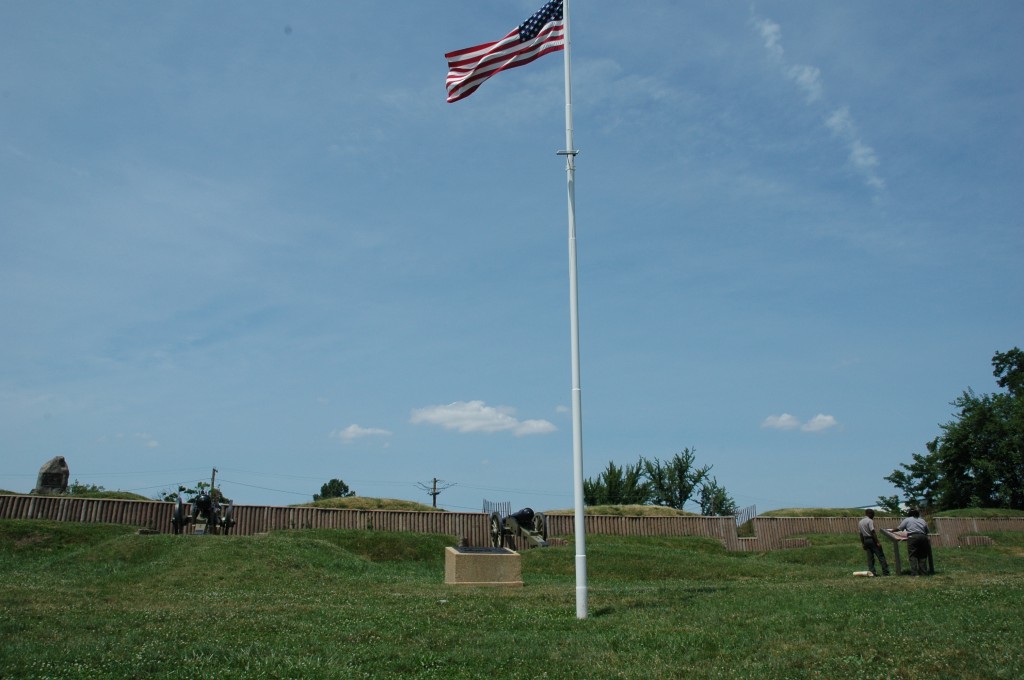 After a delightful open-air lunch at the Urbana Park, we were on to Fort Stevens. Located inside the District line from Silver Spring, Maryland (and not far from the modern day horror of the “DC sniper”), Fort Stevens is a series of low dirt mounds lined with Union cannon. Here was not only the repelling of Early’s forces but the site of one of Abraham Lincoln’s most famous incidents.
After a delightful open-air lunch at the Urbana Park, we were on to Fort Stevens. Located inside the District line from Silver Spring, Maryland (and not far from the modern day horror of the “DC sniper”), Fort Stevens is a series of low dirt mounds lined with Union cannon. Here was not only the repelling of Early’s forces but the site of one of Abraham Lincoln’s most famous incidents.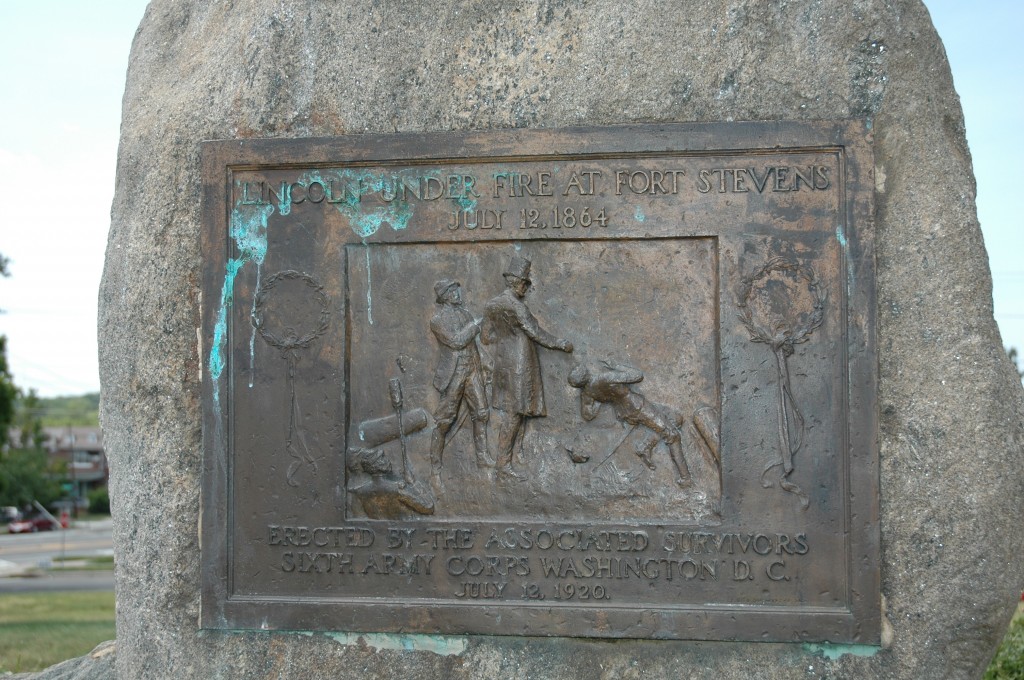 Living not far away at the Soldier’s Home, Lincoln had decided to see the action first hand. Ignoring the risk, Lincoln stood his 6-foot, 4-inch frame (plus tall top hat) on top of the mound to get a view. A medical officer standing beside him was hit with a bullet, after which the infamous (and possibly apocryphal) line was blurted out: “Get down you fool.” Whether it was this or a more respectful imploring for the President to get out of the line of fire we will likely never know, but thankfully he did get down and was unharmed.
Living not far away at the Soldier’s Home, Lincoln had decided to see the action first hand. Ignoring the risk, Lincoln stood his 6-foot, 4-inch frame (plus tall top hat) on top of the mound to get a view. A medical officer standing beside him was hit with a bullet, after which the infamous (and possibly apocryphal) line was blurted out: “Get down you fool.” Whether it was this or a more respectful imploring for the President to get out of the line of fire we will likely never know, but thankfully he did get down and was unharmed.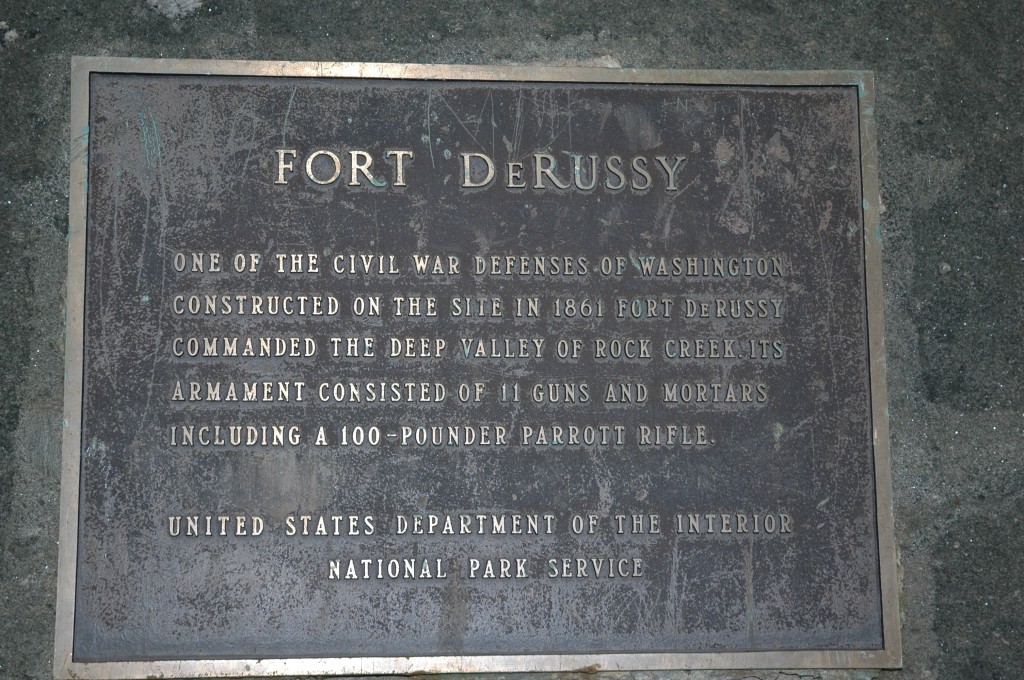 Our last stop was at Fort DeRussy, another of the small forts that served as a perimeter around Washington DC during the war. Earthenwork like Fort Stevens, DeRussy also boasted a “100-pounder,” a rifled Parrott cannon that could fire accurately for up to 4 miles.Many thanks to Craig Howell for being such a fantastic and knowledgeable tour guide, to Beltway Transportation for the comfortable bus and daring driver, and to Karen Needles, Susan Dennis, and everyone else in the Lincoln Group who arranged the tour. As the saying goes, a great time was had by all.
Our last stop was at Fort DeRussy, another of the small forts that served as a perimeter around Washington DC during the war. Earthenwork like Fort Stevens, DeRussy also boasted a “100-pounder,” a rifled Parrott cannon that could fire accurately for up to 4 miles.Many thanks to Craig Howell for being such a fantastic and knowledgeable tour guide, to Beltway Transportation for the comfortable bus and daring driver, and to Karen Needles, Susan Dennis, and everyone else in the Lincoln Group who arranged the tour. As the saying goes, a great time was had by all.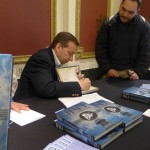 It’s been a busy weekend/week/month/year. On this site I write about Nikola Tesla, Abraham Lincoln, Travel, and Aquariums, but I also write on other sites and I’ll be adding more sites shortly. At the same time I’ll be consolidating. Make sense? Keep watching this space for more information.
It’s been a busy weekend/week/month/year. On this site I write about Nikola Tesla, Abraham Lincoln, Travel, and Aquariums, but I also write on other sites and I’ll be adding more sites shortly. At the same time I’ll be consolidating. Make sense? Keep watching this space for more information.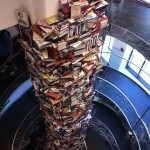 I have a lot of
I have a lot of 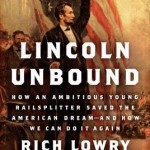 Two books in one. The first works; the second doesn’t.
Two books in one. The first works; the second doesn’t. An exceptionally well researched book recreating Abraham Lincoln’s flatboat trips to New Orleans. Campanella is an expert on New Orleans, and has expanded his expertise upstream to develop a detailed account of Lincoln’s two trips down the Mississippi River. No small feat given that the sum total of all the first person reminiscences of the trips by Lincoln and participants wouldn’t fill a page of text. Campanella’s recreation, like many efforts based on such scant direct information, is not however contrived in the least. On the contrary, the effort he has put into collecting and analyzing fragmented – and often contradictory or dubious – accounts is exemplary.
An exceptionally well researched book recreating Abraham Lincoln’s flatboat trips to New Orleans. Campanella is an expert on New Orleans, and has expanded his expertise upstream to develop a detailed account of Lincoln’s two trips down the Mississippi River. No small feat given that the sum total of all the first person reminiscences of the trips by Lincoln and participants wouldn’t fill a page of text. Campanella’s recreation, like many efforts based on such scant direct information, is not however contrived in the least. On the contrary, the effort he has put into collecting and analyzing fragmented – and often contradictory or dubious – accounts is exemplary. The American Civil War was a crossroads between the old style of warfare and modern warfare. This modern warfare (if one can call the wholesale taking of lives “modern”) is explored in an exhibit in the Ford’s Theatre Center for Education and Leadership called “
The American Civil War was a crossroads between the old style of warfare and modern warfare. This modern warfare (if one can call the wholesale taking of lives “modern”) is explored in an exhibit in the Ford’s Theatre Center for Education and Leadership called “
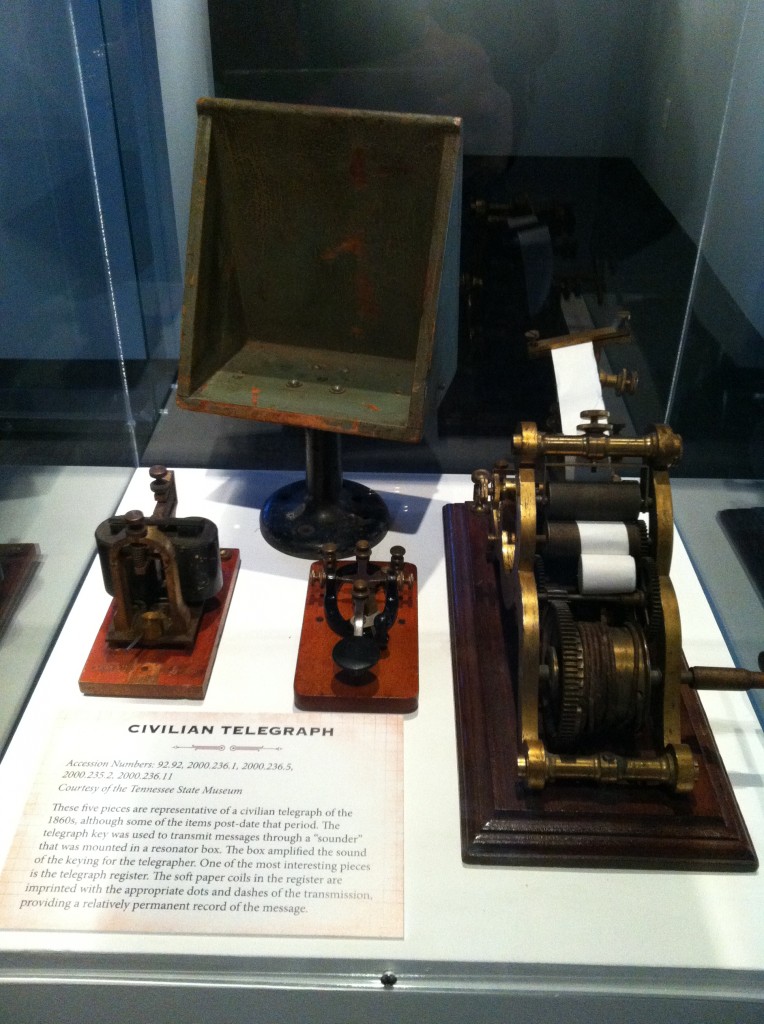
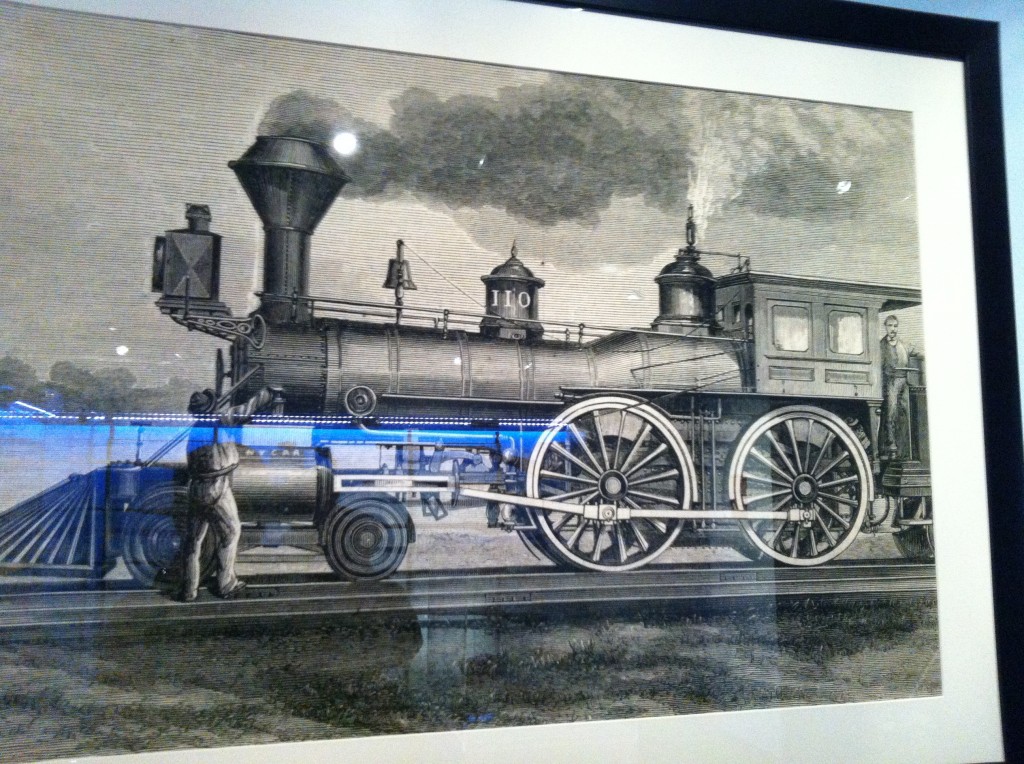 The advancements in railroads, manned balloons, and cannons moved warfare into the modern age. The evolution of basic weaponry – away from single-shot muskets and toward repeating rifles and pistols – increased both the distance and lethality of offense.
The advancements in railroads, manned balloons, and cannons moved warfare into the modern age. The evolution of basic weaponry – away from single-shot muskets and toward repeating rifles and pistols – increased both the distance and lethality of offense.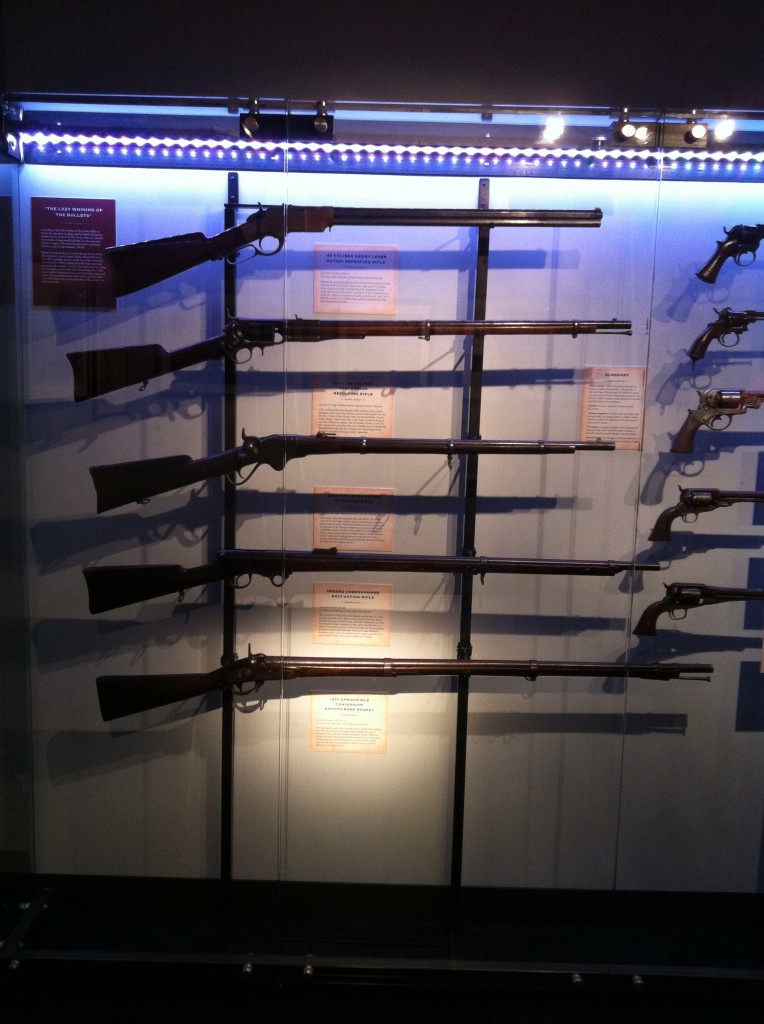
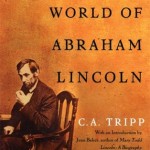 The premise of the book is that Abraham Lincoln was a homosexual, or at least a bisexual. The problem with this premise is that it is purely conjecture and the author does not support it at all. Basically, he just made it up.
The premise of the book is that Abraham Lincoln was a homosexual, or at least a bisexual. The problem with this premise is that it is purely conjecture and the author does not support it at all. Basically, he just made it up.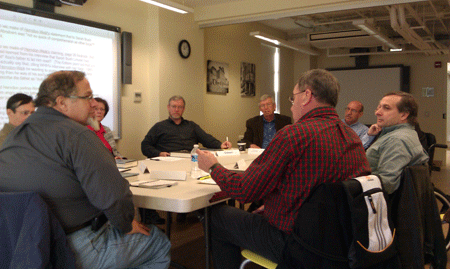
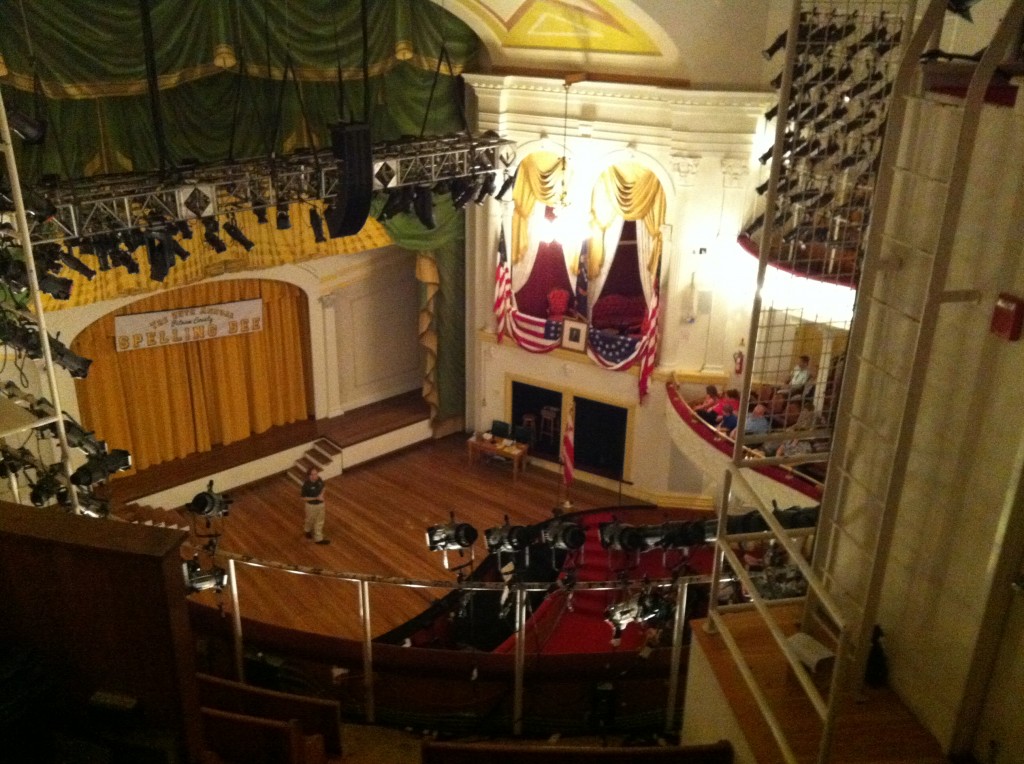
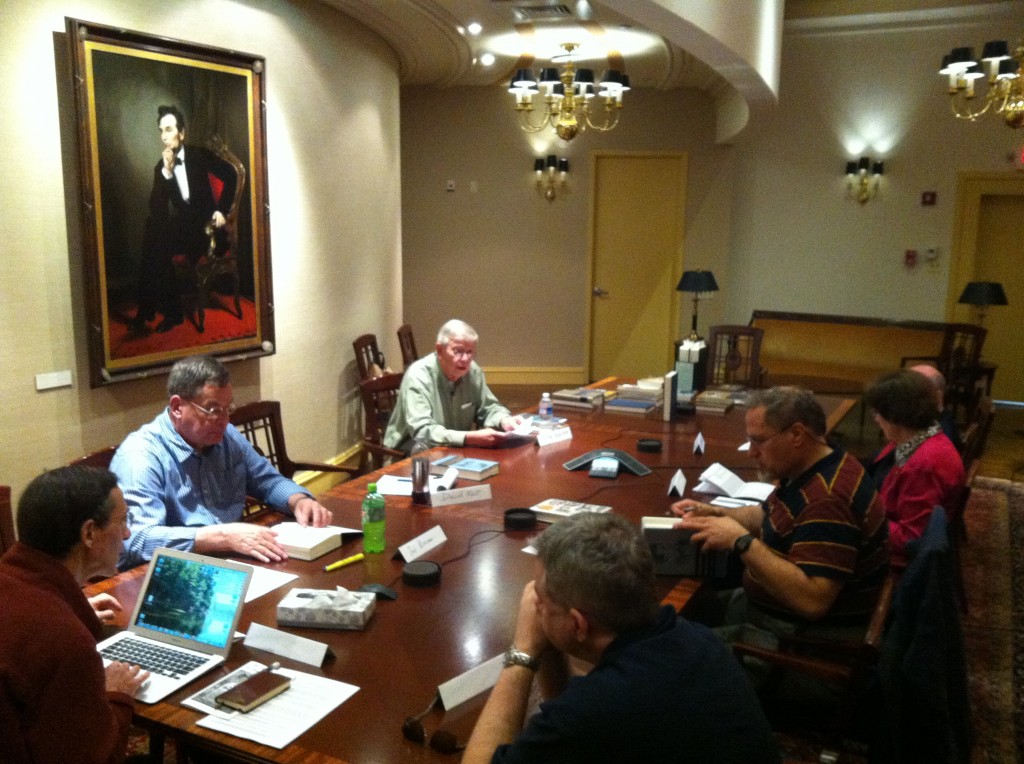
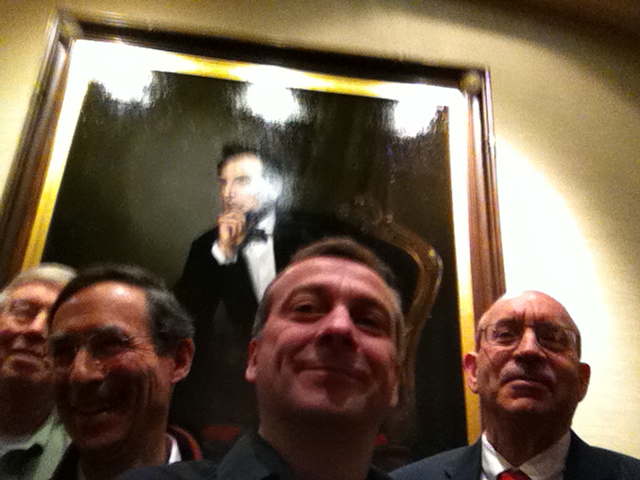
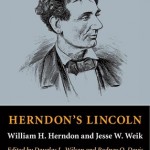 This is an extraordinary book, for several reasons. First, William H. Herndon was Abraham Lincoln’s law partner for sixteen years prior to Lincoln becoming President. Second, because Herndon spent several years after Lincoln’s assassination writing to and interviewing scores of people who knew Lincoln during his life and career up to the presidency. Third, because editors
This is an extraordinary book, for several reasons. First, William H. Herndon was Abraham Lincoln’s law partner for sixteen years prior to Lincoln becoming President. Second, because Herndon spent several years after Lincoln’s assassination writing to and interviewing scores of people who knew Lincoln during his life and career up to the presidency. Third, because editors 






